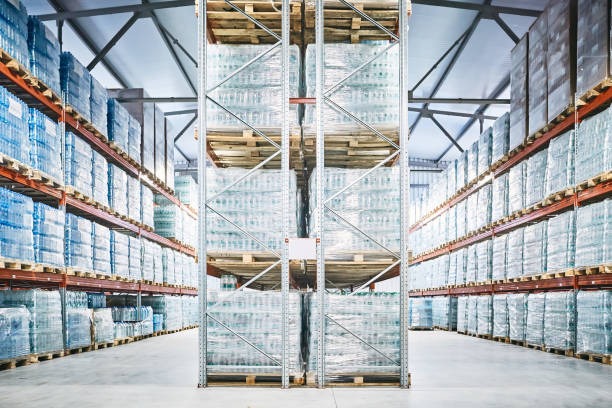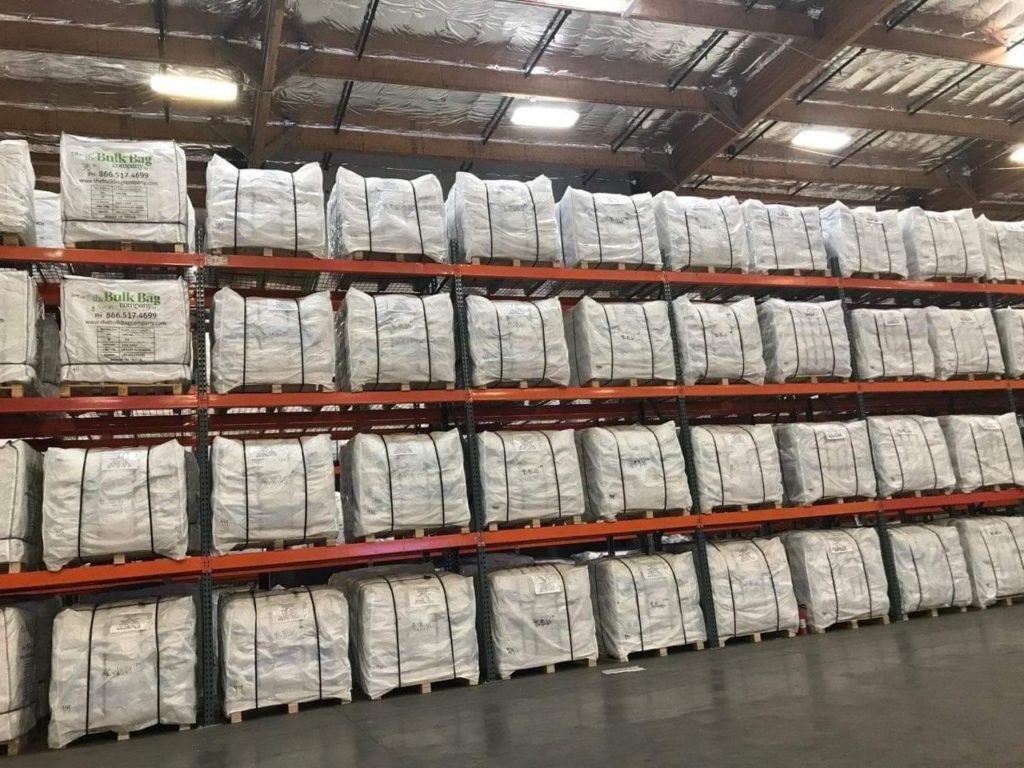Industrial packaging bags play a critical role in the transportation and storage of products across a variety of industries. These bags are designed to protect products, reduce damage during transit, and improve storage efficiency. However, to ensure they perform their job effectively over time, it is essential to maintain and store them correctly. Proper maintenance and storage can significantly extend the lifespan of packaging bags, saving businesses both time and money.
In this blog post, we will guide you through the best practices for maintaining and storing industrial packaging bags, helping you maximize their longevity and optimize their performance.
Why Proper Maintenance and Storage Matter
Industrial packaging bags are used in diverse industries, ranging from food processing to manufacturing and agriculture. They can be made from different materials, including polyethylene, polypropylene, and woven fabrics. Regardless of the material, these bags are an investment that must be protected from wear and tear to ensure that they serve their purpose effectively.
Improper maintenance and storage can lead to issues such as weakened fabric, color fading, punctures, and compromised strength. By following the correct procedures, businesses can reduce the likelihood of these problems, maintaining the integrity of the packaging for longer periods. Furthermore, properly maintained bags ensure that products stay safe during transportation and storage, preventing costly damages and losses.
Best Practices for Maintaining Industrial Packaging Bags
To keep your industrial packaging bags in top condition, there are several maintenance practices that businesses should follow. Regular care will help prevent common issues like tears, mold, and damage from exposure to weather elements.
Regular Inspection and Cleaning
One of the first steps in maintaining packaging bags is conducting regular inspections. Check for any signs of wear, such as tears, punctures, or weakened seams. Early detection of these issues can help prevent further damage and ensure that the bags remain functional for longer periods.
Cleaning the bags regularly is another essential aspect of maintenance. Dust, dirt, and moisture can accumulate on the bags, especially if they are stored in outdoor or industrial environments. Use appropriate cleaning methods based on the material of the bag. For example, woven polypropylene bags may need a brush to remove dust, while polyethylene bags may require a damp cloth. Avoid using harsh chemicals, as they can damage the material and reduce the bag’s strength.
Protecting from Moisture
Moisture is one of the primary enemies of industrial packaging bags, particularly those made from organic materials like jute or cotton. Excess moisture can cause mold, mildew, and other forms of degradation. For synthetic materials such as polypropylene and polyethylene, exposure to water can weaken the structure, reducing their load-bearing capacity.
To prevent moisture-related damage, store bags in dry, well-ventilated areas. Use moisture-absorbing materials like silica gel or desiccants in storage areas to absorb any excess moisture. If bags become damp during use or while in storage, allow them to dry thoroughly before folding or storing them away. Avoid using packaging bags that have been exposed to excessive moisture, as they may not offer the necessary protection for the products being stored.
Handling with Care
Improper handling is a common cause of premature damage to industrial packaging bags. Bags that are overfilled, dragged on rough surfaces, or subjected to extreme pressure can become damaged quickly. It’s crucial to handle packaging bags with care during both the filling and transportation stages. Use equipment like forklifts or pallet jacks to handle heavy bags and avoid dragging them across abrasive surfaces.
If you’re filling the bags manually, ensure that they are filled according to the recommended weight limits to avoid stress on the seams. Overloading bags can cause them to break, leading to product loss and waste. Also, ensure that sharp objects or heavy items are not placed directly on the bags, as these can puncture or tear the material.
Preventing UV Damage
Exposure to ultraviolet (UV) radiation from sunlight can weaken the structure of many packaging materials, particularly polyethylene and polypropylene. UV rays break down the polymers in the bags, causing them to become brittle, discolored, and prone to tearing. Prolonged exposure to sunlight can significantly reduce the lifespan of industrial packaging bags.
To prevent UV damage, store the bags in areas that are shielded from direct sunlight. If bags must be stored outdoors, use UV-resistant covers or tarps to protect them from the sun. Alternatively, businesses can opt for UV-resistant packaging materials, which are designed to withstand the effects of sunlight for longer periods.
Best Practices for Storing Industrial Packaging Bags
Proper storage is essential to maintain the integrity and longevity of industrial packaging bags. Whether you store them indoors or outdoors, the right storage conditions can significantly impact the bags’ performance over time.
Indoor Storage
Indoor storage is generally the preferred option for industrial packaging bags, as it protects them from the elements and minimizes exposure to dust, dirt, and moisture. When storing packaging bags indoors, follow these guidelines:

- Keep bags off the floor: Use shelves or pallets to store bags above the ground. Storing bags on the floor can expose them to moisture, dirt, and pests. It can also cause unnecessary pressure on the bags, leading to deformation.
- Maintain a clean environment: Ensure the storage area is clean and dry. Regularly sweep or vacuum the area to prevent debris from accumulating on the bags. A clean storage space will help prevent dirt and dust buildup on the packaging.
- Climate control: If possible, store bags in a climate-controlled environment with a consistent temperature and humidity level. Extreme temperature fluctuations can cause the materials to expand and contract, leading to cracks and weakness in the packaging.
Outdoor Storage
If outdoor storage is necessary, consider the following best practices to protect packaging bags from weather damage:
- Cover bags with tarps: Use weather-resistant tarps or covers to shield bags from rain, UV rays, and dust. These covers will also provide additional protection from dirt, leaves, and other outdoor debris.
- Elevate bags off the ground: Use pallets or racks to elevate the bags from the ground. This will prevent moisture from seeping into the bags and reduce the risk of mold and mildew.
- Organize and stack bags properly: When storing packaging bags outdoors, ensure that they are stacked in an orderly manner. Do not overstack bags, as this can cause pressure on the lower bags, leading to deformation or damage.
How to Store Different Types of Industrial Packaging Bags
Different types of industrial packaging bags require specific storage methods. For example, woven polypropylene bags are generally more durable and resistant to moisture compared to plastic bags, but they still need to be stored in dry conditions to prevent mold. Paper bags, on the other hand, should never be exposed to moisture, as it can cause them to weaken and tear.
Understanding the unique requirements of each packaging type is essential to ensure their longevity. When purchasing industrial packaging bags, consult with the manufacturer or supplier about the best storage practices for that particular material.
Conclusion
Maintaining and storing industrial packaging bags correctly is essential to extend their lifespan and ensure they continue to provide reliable protection for your products. Regular inspections, proper cleaning, and care during handling can significantly improve the performance of packaging bags, reducing the risk of damage and unnecessary replacements.
By following the storage best practices outlined in this blog, businesses can maximize the longevity of their packaging bags, ensuring that they continue to deliver the necessary protection and cost savings. Whether storing bags indoors or outdoors, the key is to provide a dry, clean, and controlled environment that minimizes exposure to moisture, UV rays, and physical damage.
